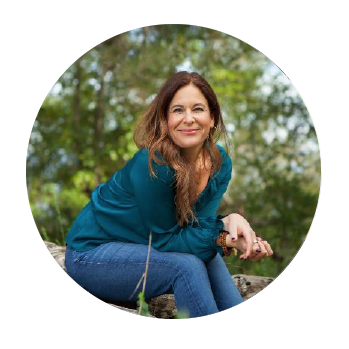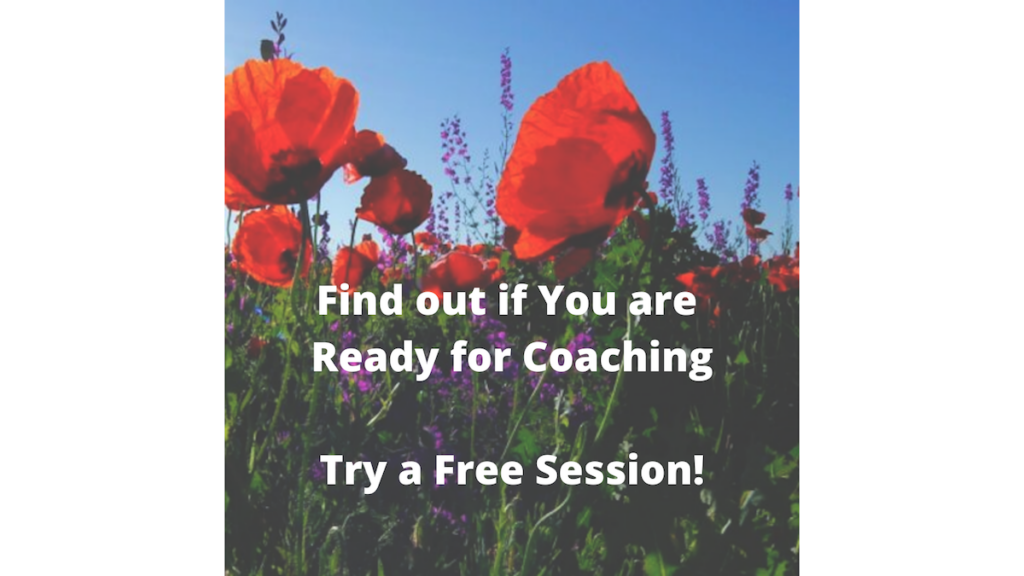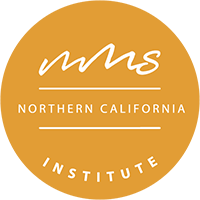In all cultures, literature and language is full of phrases that describe the link between the body and our emotion, basically how to listen when your body talks. For example, we talk about feeling butterflies in our stomach before stepping out on stage, feeling a pit in our stomach on hearing bad news, feel our faces turning red with embarrassment, hear our hearts pounding with excitement, or feel intense heaviness in our chests when our hearts break. We describe feeling a shiver going down our spine, getting cold feet, choking with resentment, having gut reactions, shouldering responsibilities, jaws clenching in anger, and more.
It’s not uncommon for my clients to complain about body aches and pains in their sessions with me; a tight throat or jaw when they are around certain people; occasional chest pains when they think of something stressful; a pit in their stomach when they are speaking in public. My clients are aware of what their pain could be related to, but they can’t seem to relieve the discomfort, despite this understanding.
It’s clear that our bodies are screaming for attention but how do we listen to the messages our bodies are sending to us? More importantly, how can we calm our bodies down?
There’s actually a self-help skill you can learn and practice that can help you tremendously: the power of listening to what your body is saying.
Professor Eugence Gandlin and the Power of Focusing
Here’s the background: In the early 1960s, Professor Eugene Gendlin did research on successful outcomes from therapy. A key finding was those who could sense into their bodies and get out of their heads, experienced relief from their problems. And in contrast, just analyzing, complaining, or explaining away problems wasn’t proven to be nearly as helpful as listening to the body.

Gendlin developed a tool which he called Focusing. The concept is that you talk to your body as if it’s another human being who has thoughts and feelings that it wants to express.
During the course of building this tool and his research, he discovered that it works as a self-help skill, even outside of therapy; or, of course with coaching.
Once you learn how to listen to your body, you can use it at any time, in a variety of situations.
This blog post summaries some of the tips and suggestions from the book, The Power of Focusing – A Practical Guide to Emotional Self-Healing authored by Ann Weiser Cornell, Ph.D.
Getting Started on Learning How to Listen to Your Body
Here is the first exercise to start on this journey to listen to your body.
- Set aside 10-15 minutes to practice, several times a week.
- Find a comfortable, quiet place, away from distractions or interruptions.
- Have a piece of paper ready to jot down your thoughts, emotions, and feelings that come up.
- Sit quietly, with eyes open or closed and ask yourself: Which way today? (Something will come up. Trust that the first thing that comes up actually wants your attention.)
- Sense into your body.
- Sit quietly, with eyes open or closed and ask yourself: Which way today? Something will come up. Trust that the first thing that comes up actually wants your attention.
- See where your attention goes. Does it go to your chest? Do you notice that your breath is shallow or held? Does it go to your stomach? Just notice and make note of it. For example, your body might say, My shoulders are tense and hunched up to my ears!
- Ask yourself:
- What in my body wants my awareness now? I’m saying hello to what’s here. How am I about that issue?
- Describe the feeling:
- Ask yourself, I’m trying to find a way to describe what’s here. Is it Jittery? Tight? Hot? Empty? Is there a color? What shade of color? What’s the texture? Once you dive deep into the feeling, you might feel that the sensation gets stronger or dissipates.
- Take notes on how you are feeling. For example, you could write that your shoulders feel hot, and the texture is like steel wool, it’s a dark grey blob that spreads across your back from one shoulder to another.
- Stop the session; You can go deeper next time.
- Before you end, say to yourself – I’m checking back in with my body. Is it okay to stop today?
Trust that your body will give you the right messages if you are patient and listen carefully.
Deeper Listening to Your Body
To go deeper at your next session: repeat the steps in the above exercise and ask yourself the following questions.
Ask yourself:
- Is it okay to just be with this right now? I’m sitting with it, with interested curiosity. I’m sensing how it feels from its point of view. I’m asking if it has an emotional quality. For example: My shoulders are angry. I’m asking: What gets it so tight, hot, anxious… For example: I get so angry when I have a lot of responsibility. It feels like I’m holding up the world….Like Atlas. It’s too much to handle!
- I’m asking my body to show me how ‘all OK’ would feel. For example: All okay would feel good. Maybe I shouldn’t take on too much. Now, take a breath and release the pressure. Relax the shoulders. You aren’t holding up the world. Take one thing at a time. Be compassionate and patient with yourself. It’s all okay now.
Thank your Body:
- I’m asking my body if it is OK to stop soon. I’m saying: I’ll be back. I’m thanking my body and the part that has been with me.
By Focusing, when you pay attention to your body, the body feels heard. When you listen deeply to it’s messages, acknowledge the feelings and explore how all OK feels, you allow those emotions to release and there is a sense of completion.
This sense of relief, relaxation and satisfaction – this special experience, this feeling of well-being – is called the Felt Shift. During this time, everything in your mind/body, your whole being, is shifting, rearranging itself to accommodate the new understanding you have received.
I’ve used this process with my clients and with a little practice, I’ve witnessed their entire worlds crack open, once they get to know themselves this way. Long forgotten memories come into focus, they experience a heightened sense of awareness and most importantly, they are able to dissolve the angst and anxiety that they’ve been carrying around for years.
Working with a Professional or Life Coach
As you practice listening to your body, you may also consider working with a professional or life coach.
Today, coaches use different modalities in working with their clients. You could work with a coach who uses breathing techniques or a coach who helps you build a vigorous exercise routine to connect mind and body. You could work with a coach who uses horses or one who uses visualization.
Depending on your preferences, you could work with a coach to build a custom coaching program for yourself that could help you tap into your feelings and uncover what’s holding you back in a completely different way.
Do check out the MMS NorCal Coaching Collective which brings together professional and executive coaches with many modalities, skills, and passions.
Carla Morton is an ICF credentialed Leadership Coach, Executive Director of MMS Northern California, and a Co-Founder of the MMS NorCal Coaching Collective. Carla coaches business leaders and professionals through critical changes in their professional and personal lives so they can thrive as fully integrated, take-charge rockstars. Her clients come from companies, such as, Marqueta, IBM, Bank of the West, Meals-on-Wheels, McGuire Real Estate, Autodesk and Open DNS/Cisco. Carla also coaches women entrepreneurs for the Bay Area non-profit leadership organization, How Women Lead. 


